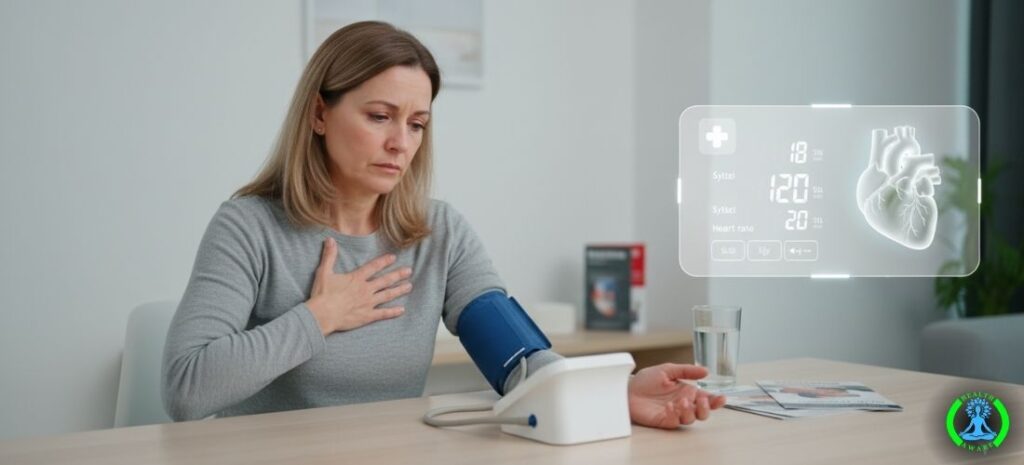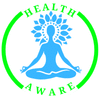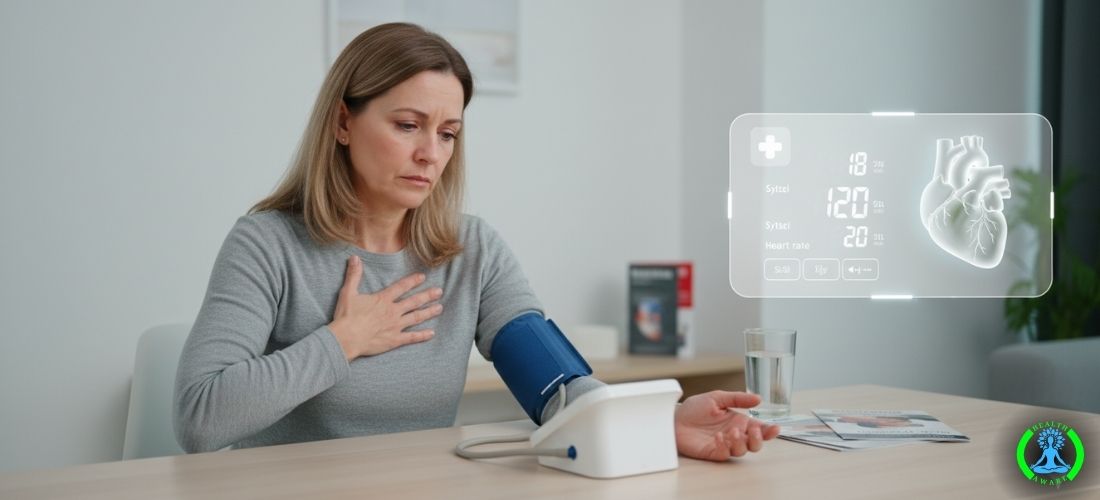Blood pressure refers to the blood that presses against the inside walls of vessels. Systolic is a measurement of blood pressure during the contraction of the heart, while diastolic is a measurement of blood pressure between heartbeats when the heart is filled. Any variation from normal blood pressure harms heart health and body functions.
Understanding High Blood Pressure
Blood pressure is the pressure blood gives to the walls of arteries. The average reading at rest would be roughly 120/80 mmHg. Increase above or equal to 130/80 mmHg could be termed as hypertension. Causes of hypertension could be genetic, poor nutrition or wrong food choices, lack of exercises and stress, as well as some other medical conditions.
How to Control Blood Pressure?

Lose Extra Weight and Watch Your Waistline
All that extra weight strains the heart, which can raise blood pressure. Losing even a small number of pounds works wonders for your health. Watch your waist, as abdominal fat is a strong risk factor for high blood pressure.
- Eat a Healthy Diet – When you eat healthy, fruits and vegetables are served with whole grains and low-fat dairy. Try to add bananas and spinach so your child’s smoothie contains extra potassium. The bad things that one should eat less of include saturated fat, cholesterol, and processed food. It is a perfect diet when it comes to lowering blood pressure and making the heart healthy.
- Reduce Salt and Sodium in Your Diet – Several studies show you should lower your sodium intake to less than 2,300 mg daily. Aim for a larger impact, though: try out 1,500 mg. Avoid packaged or canned food. Reading labels will also help you know how much sodium the product contains. Home cooking is great as it gives you control over how much salt you use.
- Track Your Blood Pressure at Home and Get Regular Checkups – A home monitor is useful for tracking your numbers. Keep a log of readings and share them with your doctor. Regular checkups can identify changes before their consequences are evident; patients can then make alterations to medications or lifestyle habits to fairly control them.
- Control Your Cholesterol and Blood Sugar – If left uncontrolled, cholesterol and sugar levels can affect blood vessels and, hence, increase pressure. Eating a healthy heart diet, staying active, following the advice to take medications, and monitoring themselves are necessary to keep these levels within the range for good cardiovascular support.

What to Do for High Blood Pressure
If left uncontrolled, cholesterol and sugar levels can affect blood vessels and, hence, increase pressure. Eating a healthy heart diet, staying active, following the advice to take medications, and monitoring themselves are necessary to keep these levels within the range for good cardiovascular support.
- Monitor Your Blood Pressure Regularly – Use a home monitoring device to monitor your blood pressure levels. This way, any changes can be detected early to assess the effectiveness of treatments
- Follow Medical Advice – Follow your drug prescriptions and come to your appointments as planned. Do not stop using your medication on your own, even if it seems your blood pressure is coming down.
- Reduce Stress – Chronic Stress is the leading factor among the causes of high blood pressure. You can spare a few minutes doing meditation or just slow deep breaths, or you can try an activity that makes you relaxed.
- Quit Smoking and Limit Alcohol – Cigarettes cause constriction of vessels, while heavy drinking places your blood pressure in an upward spiral. One drink should be the prescribed limit for females per day, and for males,
- Exercise Regularly – For five days, try to walk, cycle, or swim for at least 30 minutes a day.
How to Reduce Your Blood Pressure
- Exercise Regularly – Thirty minutes or more active on most days would bring down blood pressure significantly. Heart exercise and blood circulation can definitely be improved by stepping, cycling, swimming or practicing yoga.
- Maintain a Healthy Weight – Having extra weight raises your blood pressure and places added pressure on your heart. Losing weight by just 5 to 10 percent this year can cause blood pressure to drop significantly.
- Manage Stress – Cognitive Stress increases the probability of somebody becoming hypertensive. These practices include meditation, breathing exercises, or journal entries that get you oriented in the present moment state by calming the mind and body.
High Blood Pressure Diet
An appropriate diet is vital for the effective management of hypertension. The DASH Diet is especially beneficial in that respect.
- Foods to Eat: Most of the fruits and vegetables contain potassium, fiber, and antioxidants;, these nutrients reduce the sodium level, slightly dilates blood vessels, and maintain the low blood pressure in a well-fed setting.
- Whole Grains: Eating oatmeal, quinoa, brown rice, and barley regularly has a positive impact on the heart and easy digestion, and slowly releases energy required for blood pressure and cholesterol control.
- Low-Fat Dairy: Fresh skim milk, yogurt, and low-fat cheese are the best for controlling blood pressure and are good for vascular conditions, to a daily assessment.
- Nuts and Seeds: Almonds, walnuts, flaxseeds, and sunflower seeds are rich in magnesium and heart-friendly oils that minimize inflammation. All of them can be a wonderful addition to any hypertensive diet.

Natural Remedies for High Blood Pressure
- Garlic – According to research studies, garlic contains allicin, a chemical that can relax blood vessels and improve circulation. Sucking raw garlic or taking pills can lower blood pressure.
- Hibiscus Tea – Since hibiscus tea is high in antioxidants, drinking two to three cups daily can lower systolic blood pressure.
- Omega-3 Fatty Acids – Taking fish oil, flaxseed, or chia seed with its Omega-Three fat may dampen inflammation, and extra benefits exist for your heart, especially lowering blood pressure if taken together.
- Potassium-Rich Foods – You can find potassium in bananas, sweet potatoes, spinach, and avocados. Potassium needs to maintain sodium balance and ease the stretch on the muscles surrounding blood vessels.
- Dark Chocolate – Dark chocolate that contains cocoa above 70% has health benefits if eaten in small amounts; it could increase nitric oxide synthesis and endothelial functioning, resulting in blood pressure.
- Acupuncture – It has been found by researchers that acupuncture can reduce blood pressure by aiding the neurons with relaxation so that better energy flow is possible to improve such.
Conclusion
In addition to these, a whole approach to blood pressure management may be represented by one’s diet, exercises, stress control, and continuous monitoring of blood pressure. Quite a lifestyle change combined with medical advice may do wonders for the health of hearts and lessen the chances of high blood pressure in the future. Begin small, maintain consistency, and keep health first for long-term blood pressure control.






Leave a Reply